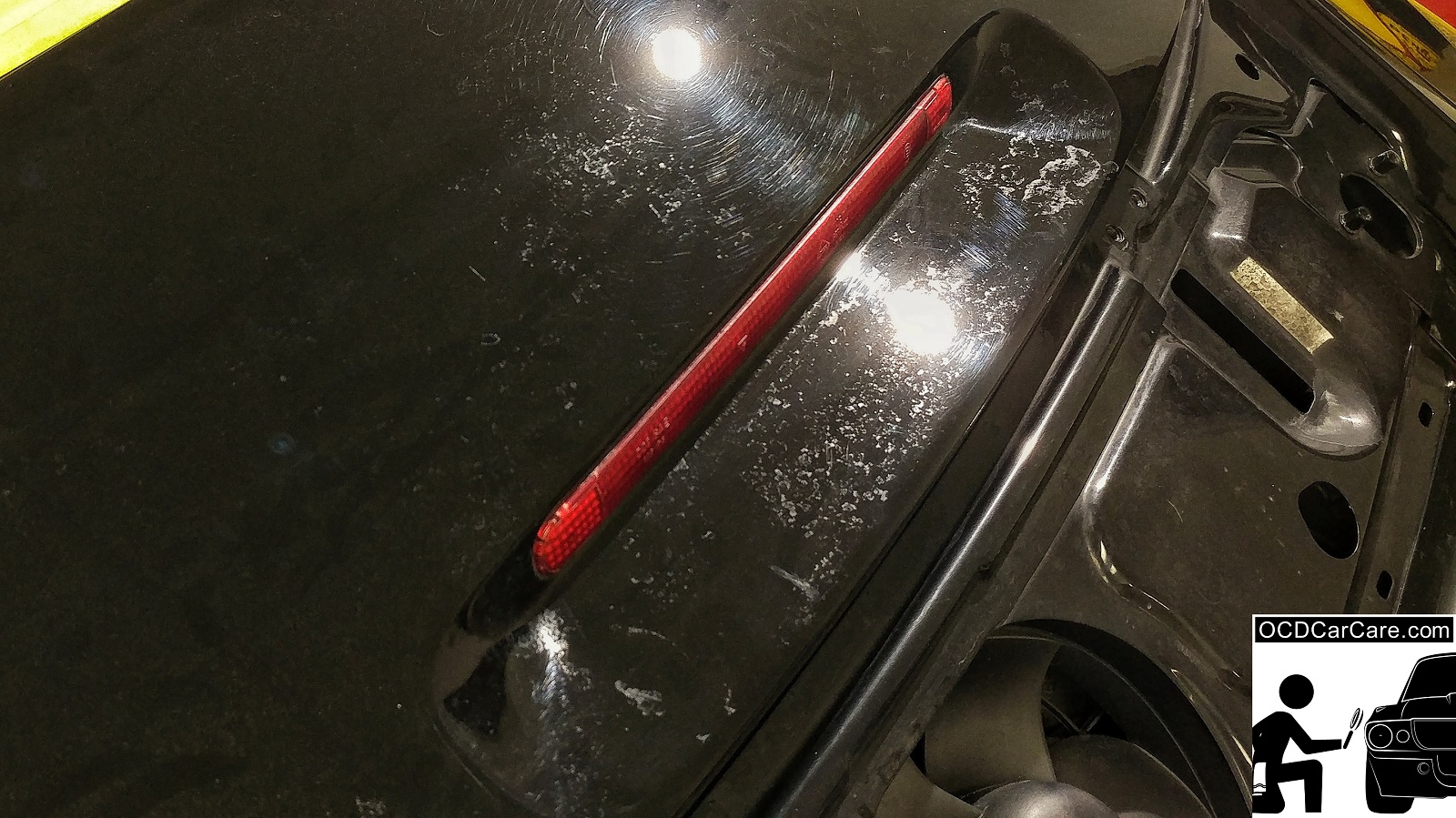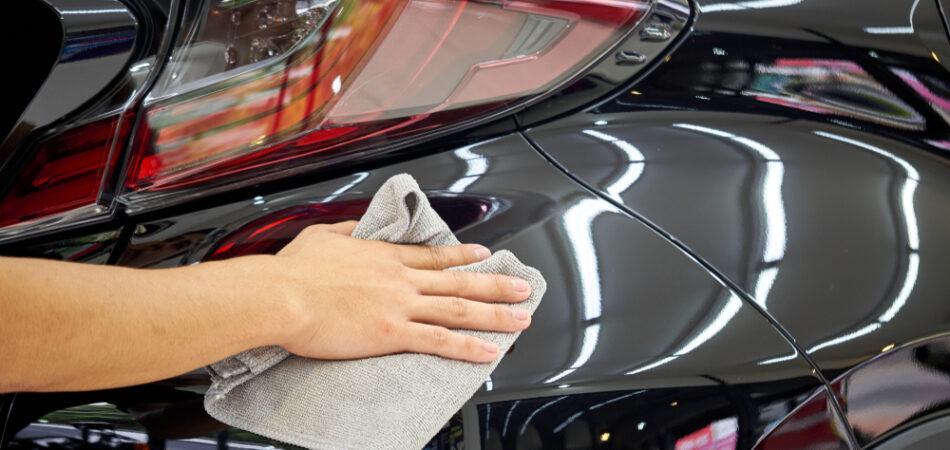Ceramic Coating vs Traditional Wax: Which Offers Better Protection?
Ceramic Coating vs Traditional Wax: Which Offers Better Protection?
Blog Article
Ceramic Layer vs. Typical Wax: Which Supplies Much Better Long-Term Security?
The dispute in between ceramic coatings and standard wax for automobile defense has actually gathered considerable interest among vehicle enthusiasts and professionals alike. While both satisfy of safeguarding paint, their distinctions in sturdiness, application, and lasting maintenance costs may influence a customer's option. Ceramic finishes boast exceptional durability and resistance to environmental elements, yet the complexity of their application raises concerns regarding access and practicality. As we check out these contrasting options, it ends up being vital to take into consideration not just the prompt advantages however also the implications for vehicle care over time.
Introduction of Ceramic Finishing
Ceramic finishing has actually gained significant popularity amongst auto enthusiasts and detailers alike as a result of its innovative safety qualities. This innovative technology is created to develop a long lasting, hydrophobic guard over a lorry's paint surface, substantially enhancing its resistance to ecological impurities such as dust, UV rays, and chemical discolorations. Unlike standard wax, which gives a short-lived layer of protection, ceramic coverings bond at a molecular degree with the paint, offering long-lasting resilience-- often expanding past two years with appropriate upkeep.
The application procedure involves meticulous preparation of the automobile's surface area, including cleaning and brightening to make certain optimum adhesion. When applied, the coating cures to form a durable layer that not only adds deepness and gloss to the paint but additionally streamlines upkeep. With its hydrophobic residential properties, ceramic finish enables water and dirt to glide off even more easily, decreasing the regularity of laundries and minimizing the threat of swirl marks.
Additionally, ceramic finishes are offered in numerous formulas, permitting users to select items customized to their certain demands and preferences. Overall, ceramic coating represents a significant advancement in paint defense modern technology, providing premium performance compared to traditional options.
Review of Standard Wax
Typically concerned as a staple in automobile care, wax functions as a preferred selection for those looking for an uncomplicated approach to improve and safeguard their vehicle's paint - ceramic coating. Automotive wax normally consists of natural components, such as carnauba, or synthetic substances, created to produce a safety layer on the surface area of the paint. This layer not only boosts the car's gloss and radiate but also provides an obstacle against ecological pollutants
The application of wax is generally straightforward, making it accessible for both experts and DIY lovers. As soon as applied, wax calls for a treating duration, after which it hardens to create a protective shell.
Nonetheless, while wax is efficient for enhancing the aesthetic charm of a vehicle, it is very important to note that the defense it provides may demand much more frequent reapplication compared to different items, such as ceramic finishes. Generally, standard wax remains a popular alternative for those prioritizing simplicity of usage and immediate aesthetic renovation.
Toughness and Long Life Contrast
While both ceramic finishings and typical wax deal protective advantages for vehicle paint, their longevity and long life vary significantly. Traditional wax, commonly made from natural carnauba or synthetic polymers, normally supplies a safety layer that lasts approximately three to six months. This fairly brief life expectancy requires normal reapplication to keep optimum defense.
In contrast, ceramic coverings are crafted from innovative nanotechnology, creating a covalent bond with the paint surface area. This causes a durable, hydrophobic layer that can sustain for 2 to 5 years, depending on the product and ecological problems. The premium longevity of ceramic finishes is credited to their chemical framework, which supplies enhanced resistance to scratches, UV rays, and oxidation.

Defense Against Environmental Variables
Shielding a car's paint from additional resources ecological elements is important for maintaining its appearance and value gradually. Automobiles are constantly revealed to a range of aspects, consisting of UV rays, bird droppings, tree sap, acid rainfall, and road gunk, all of which can endanger the honesty of the paintwork.
Ceramic coatings supply a durable protection versus these environmental aggressors. Unlike conventional wax, which can deteriorate promptly under UV exposure, ceramic finishings create a long lasting, hydrophobic layer that resists the dangerous results of sunlight and ecological pollutants. This sophisticated technology produces a chemical bond with the automobile's surface, providing remarkable defense that lasts for several years, even in extreme problems.
In comparison, ceramic layers preserve their protective top qualities longer, considerably reducing the risk of paint damage and ensuring that the lorry preserves its visual appeal. As an outcome, ceramic finishings are significantly acknowledged as the remarkable choice for long-term security versus ecological aspects.
Application and Maintenance Differences
The approaches of application and succeeding upkeep for ceramic finishings and standard wax differ dramatically, influencing the general customer experience and efficiency of each item. Ceramic finishes require a more elaborate application procedure, generally entailing surface area prep work that consists of washing, decontaminating, and brightening the vehicle. Once the surface prepares, the ceramic finishing is applied in a regulated atmosphere, usually needing professional know-how to ensure correct curing and bonding to the paint.

While both products improve automobile appearance, the longer-lasting recommended you read security offered by ceramic coverings might justify their initial investment, despite the more requiring application process. Alternatively, typical wax continues to be a prominent choice for those seeking a less complex, albeit short-term, service.

Verdict
Finally, ceramic coatings show significant benefits over traditional wax in regards to sturdiness and environmental management. With a life-span expanding two to 5 years and premium resistance to UV rays, dirt, and chemical stains, ceramic finishings provide a more effective service for lasting automobile maintenance. Although the application process may call for professional knowledge, the resulting expense financial savings and reduced frequency of reapplication highlight the worth of ceramic layers for those looking for optimum automobile security.
The dispute between ceramic coverings and conventional wax for lorry protection has actually garnered considerable their website focus among auto lovers and specialists alike. Unlike traditional wax, which offers a temporary layer of security, ceramic coatings bond at a molecular degree with the paint, using long-lasting resilience-- often extending beyond 2 years with correct maintenance.
While both ceramic finishes and conventional wax deal safety advantages for automobile paint, their toughness and longevity differ considerably. For cars and truck lovers seeking long-lasting defense, ceramic coatings provide a compelling advantage over conventional wax items.
In final thought, ceramic finishes show substantial benefits over traditional wax in terms of resilience and environmental security.
Report this page